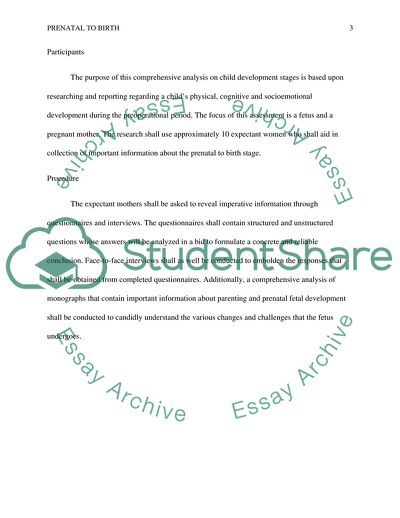Cite this document
(Prenatal to Birth Coursework Example | Topics and Well Written Essays - 3250 words, n.d.)
Prenatal to Birth Coursework Example | Topics and Well Written Essays - 3250 words. https://studentshare.org/psychology/1830907-prenatal-to-birth
Prenatal to Birth Coursework Example | Topics and Well Written Essays - 3250 words. https://studentshare.org/psychology/1830907-prenatal-to-birth
(Prenatal to Birth Coursework Example | Topics and Well Written Essays - 3250 Words)
Prenatal to Birth Coursework Example | Topics and Well Written Essays - 3250 Words. https://studentshare.org/psychology/1830907-prenatal-to-birth.
Prenatal to Birth Coursework Example | Topics and Well Written Essays - 3250 Words. https://studentshare.org/psychology/1830907-prenatal-to-birth.
“Prenatal to Birth Coursework Example | Topics and Well Written Essays - 3250 Words”. https://studentshare.org/psychology/1830907-prenatal-to-birth.


